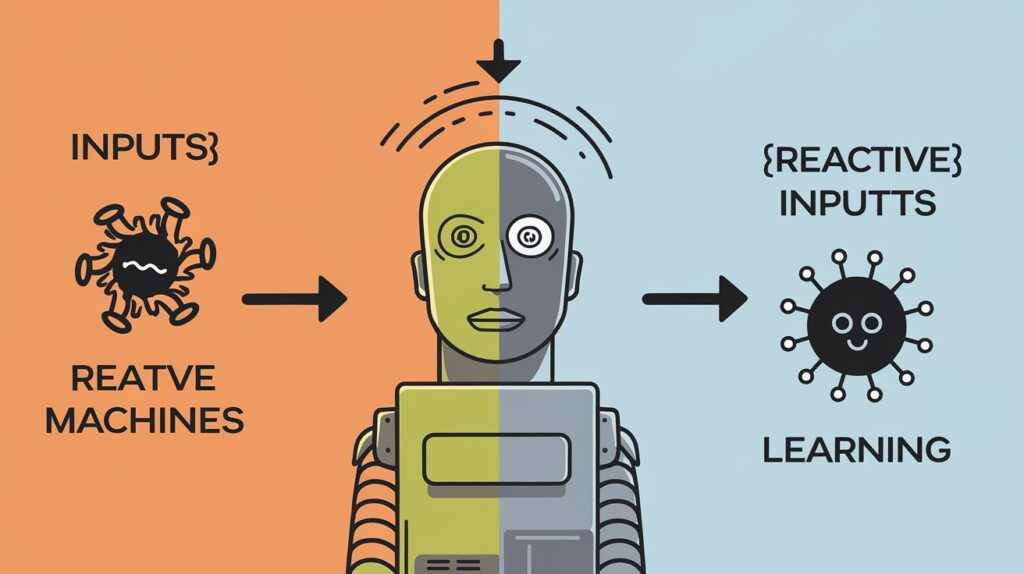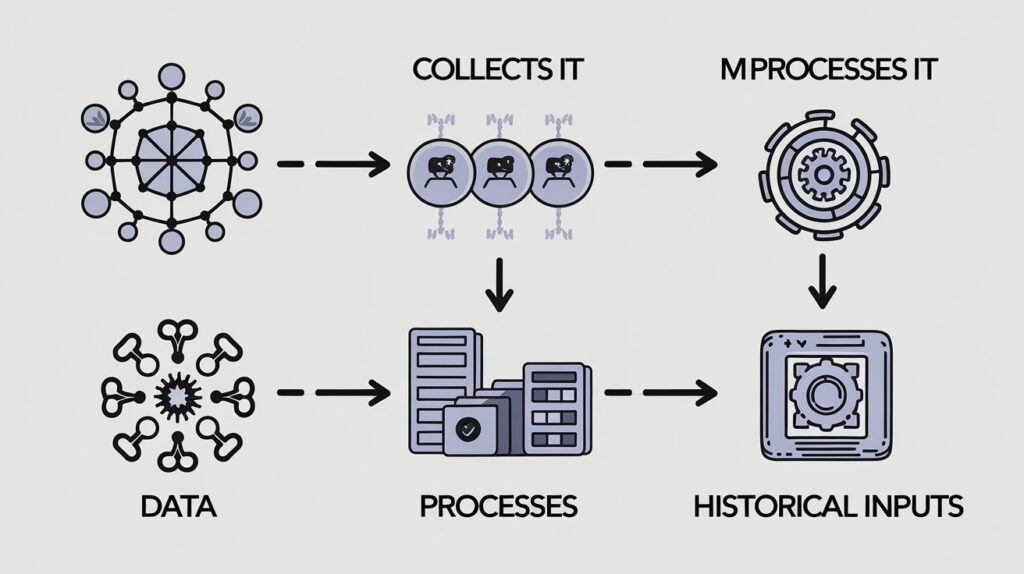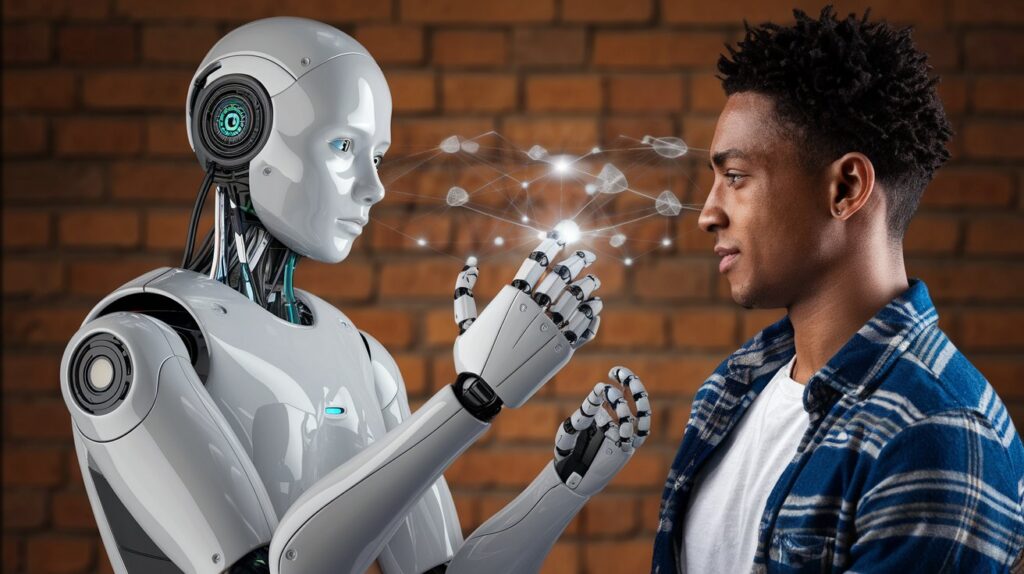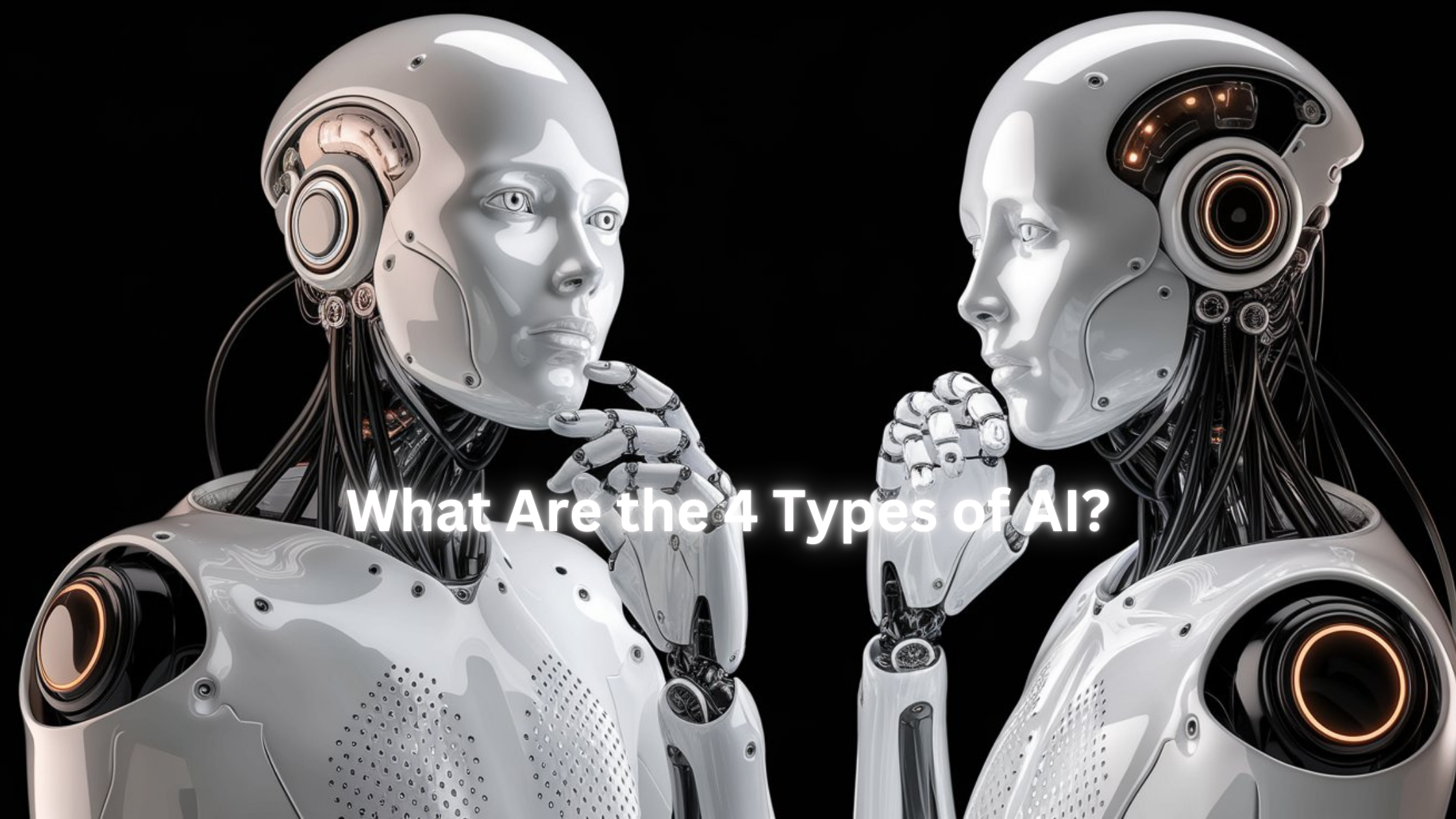What are the 4 types of AI, and how are they shaping the world around us? As artificial intelligence becomes an integral part of our daily lives, understanding its different forms helps us appreciate the technology that powers everything from virtual assistants to self-driving cars. Whether you’re curious about how AI works or looking to grasp its future potential, this guide breaks down the four types of AI—Reactive Machines, Limited Memory, Theory of Mind, and Self-Aware AI—in a simple and engaging way. By the end, you’ll have a clear understanding of how each type influences the technology we use today and what the future might hold. Ready to dive into the fascinating world of AI? Let’s explore!
Table of Contents
The Evolution of AI: Why It Matters
AI isn’t just one thing—it’s a spectrum of technologies at different stages of development. From simple reactive machines to advanced self-aware systems, the types of AI show how technology is moving closer to human-like intelligence.
1. Reactive Machines: The First Type of AI
Reactive Machines are the most basic form of AI. They can only react to specific inputs and don’t have memory or the ability to learn from past experiences. A classic example is IBM’s Deep Blue, the chess-playing computer that defeated world champion Garry Kasparov in 1997.
Key Characteristics of Reactive Machines:
- No memory or learning capability
- Task-specific functionality
- Fast and accurate in predictable environments
Where Are Reactive Machines Used?
You’ll find Reactive Machines in applications like:
- Chess programs
- Basic recommendation engines
- Automated manufacturing systems

2. Limited Memory: Learning from the Past
Limited Memory AI can learn from past data and make decisions based on it. This type of AI is common in today’s technology, from self-driving cars to virtual assistants like Siri and Alexa.
Key Characteristics of Limited Memory AI:
- Learns from historical data
- Improves performance over time
- Requires data storage and retrieval
Examples of Limited Memory AI in Action
- Self-driving cars analyzing traffic patterns
- Virtual assistants improving responses over time
- Fraud detection systems in banking

3. Theory of Mind: Understanding Human Emotions
Theory of Mind AI is still in development but represents a major leap forward. This type of AI aims to understand human emotions, beliefs, and intentions, allowing for more natural interactions between humans and machines.
Key Characteristics of Theory of Mind AI:
- Recognizes emotions and social cues
- Predicts human behavior
- Adapts to individual users
Potential Applications of Theory of Mind AI
- Advanced customer service bots
- AI companions for mental health support
- Personalized learning platforms

4. Self-Aware AI: The Future of Artificial Intelligence
Self-Aware AI is the most advanced type and currently theoretical. This AI would have consciousness, self-awareness, and the ability to think and reason independently. While we haven’t reached this stage, it’s a topic of intense research and ethical debate.
Key Characteristics of Self-Aware AI:
- Consciousness and self-reflection
- Independent reasoning
- Ethical and moral decision-making
Challenges and Ethical Concerns
- Ensuring AI aligns with human values
- Preventing misuse of autonomous AI systems
- Managing potential risks of AI surpassing human intelligence
Comparing the 4 Types of AI
| Type of AI | Learning Capability | Real-World Examples | Development Stage |
|---|---|---|---|
| Reactive Machines | No | Chess programs, manufacturing | Fully developed |
| Limited Memory | Yes, from past data | Self-driving cars, virtual assistants | Widely used |
| Theory of Mind | Yes, emotional and social | In development (advanced bots) | Early stages |
| Self-Aware AI | Yes, self-reflective | None (theoretical) | Not yet achieved |
How the 4 Types of AI Impact Our Future
As AI continues to evolve, the transition from Limited Memory to Theory of Mind and eventually Self-Aware AI could revolutionize industries and society. The potential for personalized healthcare, advanced education tools, and ethical AI systems is immense.
Conclusion: Understanding AI’s Journey in 2025 and Beyond
In 2025, understanding what the 4 types of Artificial Intelligence (AI) are more important than ever as these technologies reshape industries and daily life. Reactive Machines remain foundational, powering tools like automated systems and basic algorithms. Limited Memory AI, the most prevalent today, drives innovations in self-driving cars and virtual assistants, making our lives more efficient. As Theory of Mind AI progresses, we can expect more emotionally intelligent machines that enhance human-computer interactions, while Self-Aware AI, though still theoretical, sparks vital conversations about the future of technology and ethics.
As AI continues to advance, staying informed about these developments helps us navigate the opportunities and challenges ahead. How will these AI types influence your industry or daily life? Share your thoughts in the comments, and don’t forget to explore related articles for deeper insights into AI’s impact on the future. [TechGeniuxio.com]
For more on AI’s ethical considerations and advancements, visit OpenAI’s Research Page.





